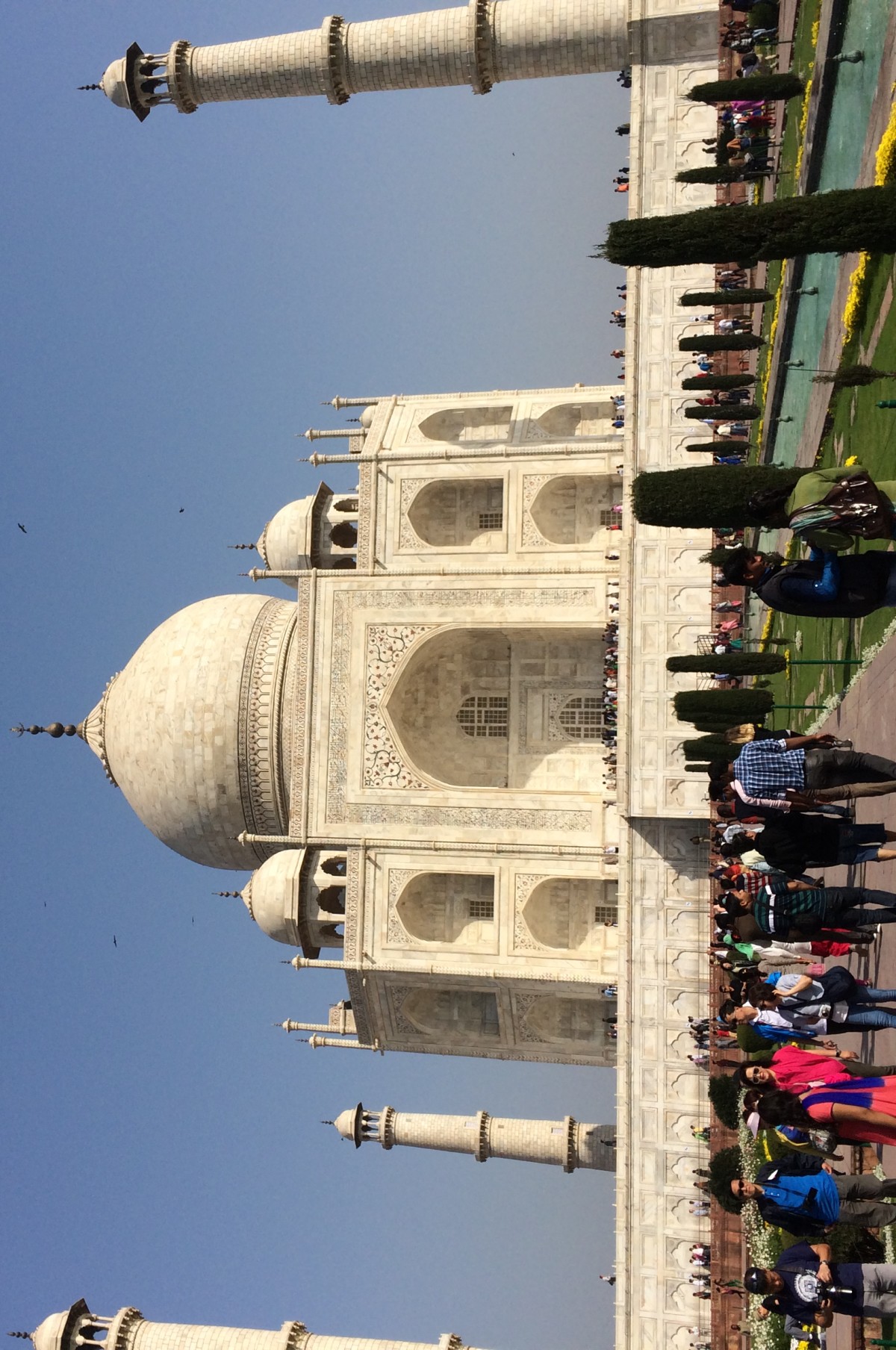
I am extremely proud to graduate with my joint Executive MBA from Indian Institute of Technology Bombay and Washington University in St. Louis and had one of my best professional experiences volunteering as the board president at the American School of Bombay. However, I found the best part of India to be the richness of the people: warm, hospitable, passionate, and sometimes, a bit crazy. When I first started my blog, I created a Top 10 “Only in India” list. I want to recap that list and then share my 2 life lessons that India taught me.
Number 10 – Traffic is very congested in India and the use of the car horn is applied liberally. Actually, I believe honking is a form of echo location. Whether you are 5 ft or 50 ft away, honking is mandatory.
Number 9 – Does “yes” mean “no”? No one ever says “no”. How can I tell if “yes” means “yes”?
Number 8 – Seeing the locals’ reaction when saying “Mujhe ullu mat banao” when the situation calls for it. My Hindi teacher said to use this sparingly. I found it amusing to see the reaction I get when a foreigner says it. It added a new dimension to the term.
Number 7 – Scratching my head when my neighbor complained that the shoe rack outside of my flat caused the hallway to be dirty…I’m pretty sure my shoes are not the root cause…
Number 6 – A small city means less than 1,000,000 people.
Number 5 – A wedding attended by 400 people is considered “very small”.
Number 4 – I thought my family’s “island time” in Hawaii was relaxed…India is even more relaxed – always add at least 2 hours (or 2 days or 2 weeks) to a start/delivery time…
Number 3 – There are bad monkeys here. Lock your possessions (especially food), or they will disappear.
Number 2 – You think you are “ballin” (living a good life) until you realize you didn’t have an elephant at your wedding.
Number 1 – Everybody is a cricket coach! The US cannot compare to the passion of the fans here. In fact, when India plays Pakistan in any match, I find it is the best time to drive across the city – fastest commute ever.

Now that I’ve been back in Colorado for 3 weeks, I’ve had time to reflect a little more. I feel a sense of calm. I no longer “rush to the next thing” or complain when something minor happens (just listen to people complain in a Starbuck’s line). Work hard, play hard, and appreciate what’s around you – especially the family.
I’ve been able to look at new opportunities with a different perspective and worldly view on life based on two life lessons:
- “Anything is Possible” – India is the epitome that anything can and will happen. We just do not know it yet. There is an aura that no matter what the situation is or how the odds are against you, there is always a chance/opportunity which no one gives up hope. The work ethic and desire to “push through” and overcome challenges is a testament to Indian resiliency.
- “If you can live here, you can live anywhere” – While this is a cliché, this is very true. There is no predictability or a homogenous society where you can set expectations. Everything and I mean everything is different from region, state, city, and neighborhood. If you can adapt to change here, you can adapt to any situation.
We miss the friendships, my maid’s poha, and the vibe of the country. But, it is also good to be back home. I have documented my journey on a personal blog. If you are so inclined, please take a look at my other posts on www.brianaichang.com. If you have any questions, please let me know. I look forward to connecting with you.












